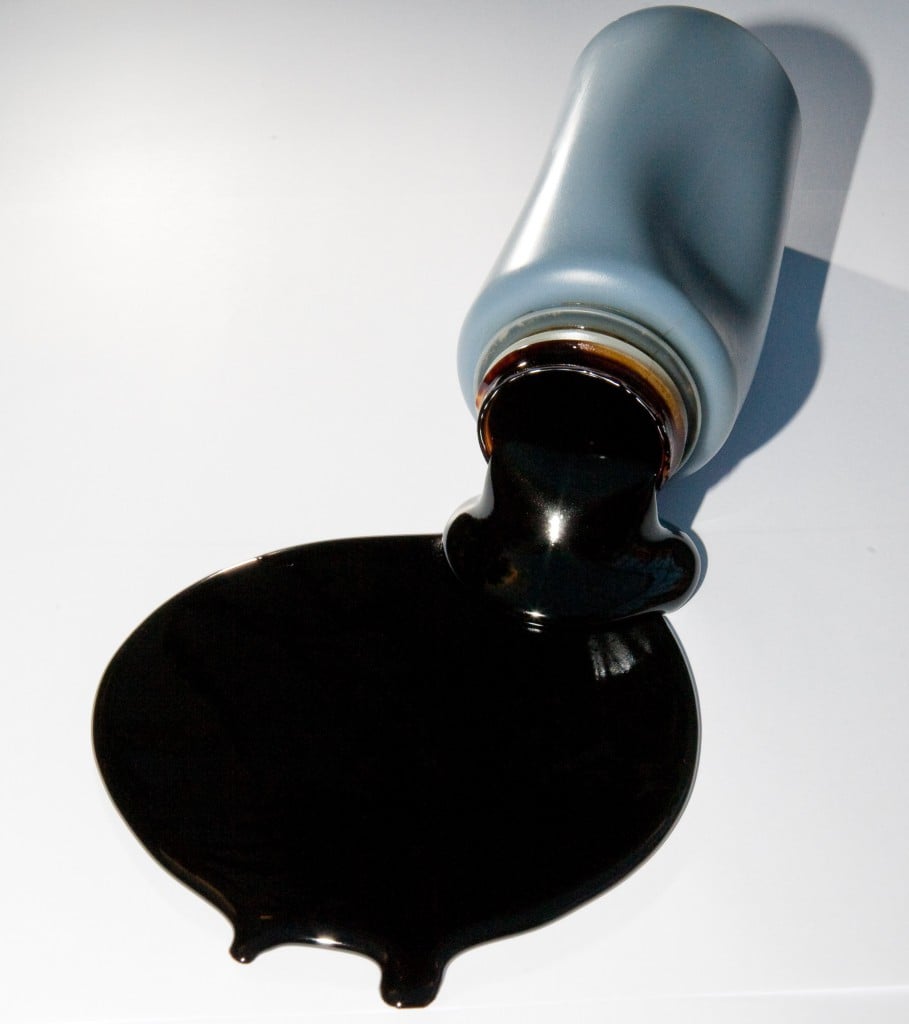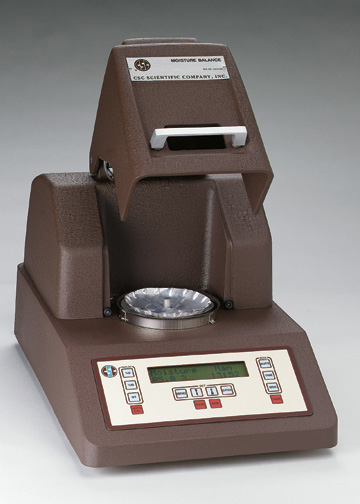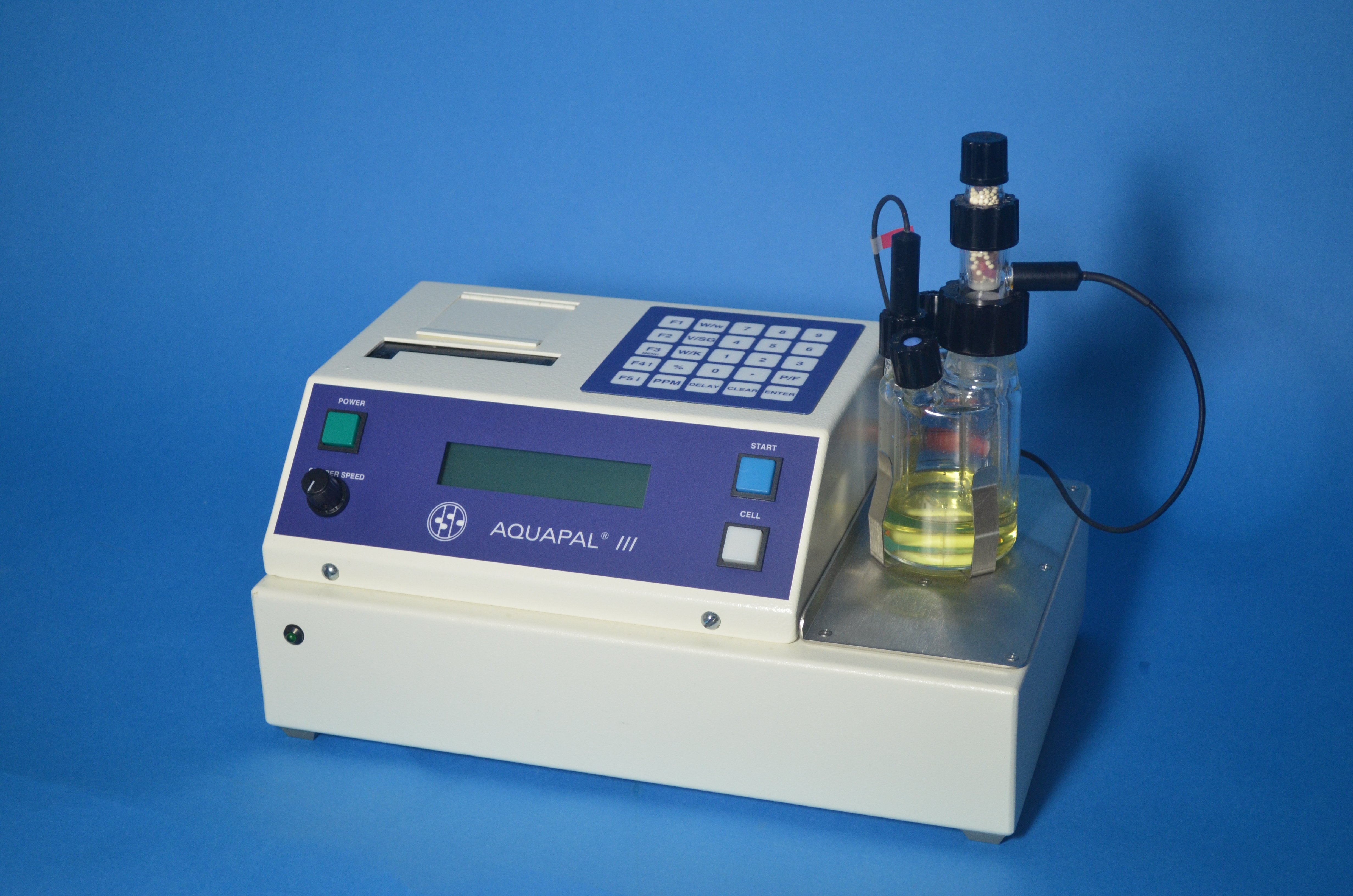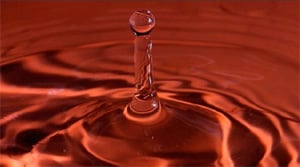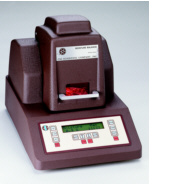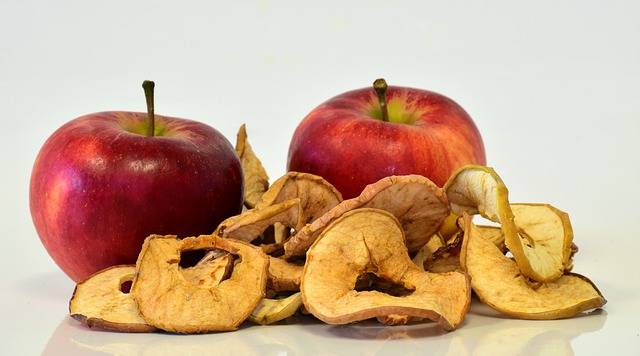When our customers tell me about the different places where CENCO and CSC Digital Moisture balances are used it always interests me.
Topics: Moisture Analysis, Moisture Testing, Loss-On-Drying, Moisture, moisture content, water content measurement
Topics: Coulometric Karl Fischer, Moisture Analysis, Moisture Testing, Karl Fischer Oven, Karl Fischer, Karl Fischer Titration, Loss-On-Drying, Moisture, interfacial tension, moisture content, moisture measurement
Loss-on Drying and Other Moisture Mysteries - Part V: Drying
Posted by Art Gatenby on Jun 17, 2020 12:18:01 PM
What seems like a million words ago, I began this journey explaining the simplest approach to measuring or determining moisture: Loss-on Drying. Little did I know how involved and esoteric it would become.
This voyage has taken me down mysterious paths through spooky theories, back to age-old chemistry concepts and into the vagaries of thermodynamics related to evaporation, vapor pressure, bound water and water activity. I have come full-circle; back to explaining Loss-on Drying -- a form of drying that I had assumed would be the simplest of all.
I thought the first four topics [evaporation, vapor pressure, bound moisture, water activity] were tough, complex, confounding and less-than-obvious. Drying -- defined as “the mass-transfer process of removing water (or other solute) by evaporation from a solid, semi solid or liquid” -- seemed easy.
As is often the case, reality makes “easy” a non-operative word. Such has turned out to be so with respect to the issue of drying.
Topics: Free Moisture, Moisture Sorption Isotherm, Moisture Oven Test, Moisture Analysis, Moisture Testing, Loss-On-Drying, Moisture
Loss-On-Drying Moisture Analysis and Other Moisture Mysteries Part III: Free and Bound Water
Posted by Art Gatenby on Jun 16, 2020 2:35:12 PM
In my previous missive about Loss-On drying, we discussed Vapor Pressure -- because logically it was next. As we continue to explore moisture, we learn how vital vapor pressure is when regarding the quirky issues of free and bound water.
Topics: Evaporation, Bound Moisture, Free Moisture, Moisture Analysis, Moisture Testing, Karl Fischer Titration, Praxis Moisture Balance, Loss-On-Drying, Moisture, karl fischer moisture, water content measurement
Loss-On-Drying Moisture Analysis and Other Moisture Mysteries Part 1
Posted by Art Gatenby on Apr 21, 2020 3:52:00 PM
One quiet night, I was musing over moisture analysis and how easy it is to do using loss-on drying. Little did I know what was in store.
Topics: Evaporation, Moisture Analysis, Moisture Testing, Loss-On-Drying, Moisture, moisture balance, moisture content
Last week, as I was reflecting on a recent moisture content problem, I recalled our series “Loss-on Drying and Other Moisture Mysteries.” In that series I examined moisture chemistry in products. However, I did little to define moisture content.
Topics: Bound Moisture, Free Moisture, Moisture Analysis, Water Activity, Moisture Testing, Karl Fischer, Karl Fischer Titration, Moisture
“How Many Ways are there to Measure Moisture?”
That is a recurrent question in early discussions about moisture measurement problems. Is frequently asked in connection with specific products and applications. This is a basic primer on the main techniques.
Most Used Methods to Measure Moisture Content
There are four core methods. They include the use of heat, chemicals, electrical properties and electrro magnetic phenomena.
Topics: Moisture
Regularly I’m asked the question; “How accurate is this moisture balance?”
The questioner asks for the answer in terms of percent (%) moisture. When I answer “it depends”, I always get the unspoken response, “Why did I ask this stupid idiot?”
Absolute Measurement
When you ask about the accuracy of something like weight or temperature the answers are straight forward and relate to the instruments' precision. For example 25 grams or 50 degrees plus or minus (+/-) 0.1 gram or 1/2 degree.
Percent is Relative
When you ask the question of how accurate is my percentage reading, the answer becomes complicated. It’s complicated because percentage (%) is a relative term. For example, the answer for the result of a Loss on Drying (LOD) moisture test, is based on the size of the sample you use.
Using the example of a LOD moisture test we can understand the concept. The result of this type of test is calculated by subtracting the weight of the sample at the end of the test from the weight of the sample at the beginning of the test. This difference is divided by the initial weight of the sample. This procedure produces a % moisture result.
Sample Size
In the following analysis, the implication s of sample size and instrument precision will be illustrated. This will be based on a sample that has 23.5% moisture and an electronic LOD moisture balance that has a sensitivity of 0.001 grams and repeatability of ± .005 grams.
Sample Analysis
Topics: Moisture Analysis, Moisture Testing, CSC Digital Moisture Balance, Loss-On-Drying, Moisture, moisture balance, instrument accuracy
Four Reasons Why Food Manufacturers Should Monitor Moisture
Posted by Amanda Ranowsky on Mar 12, 2018 8:00:00 AM
Topics: Moisture Oven Test, Moisture Analysis, Moisture Testing, CSC Digital Moisture Balance, Loss-On-Drying, Moisture, fast moisture test, moisture balance, moisture content, moisture measurement
When we first started measuring moisture with Karl Fischer, I was instructed in the complex chemical reactions involved. I was also was told that the process was skittish.
Read MoreTopics: Coulometric Karl Fischer, Volumetric Karl Fischer, Moisture Testing, Karl Fischer, Karl Fischer Titration, Moisture

